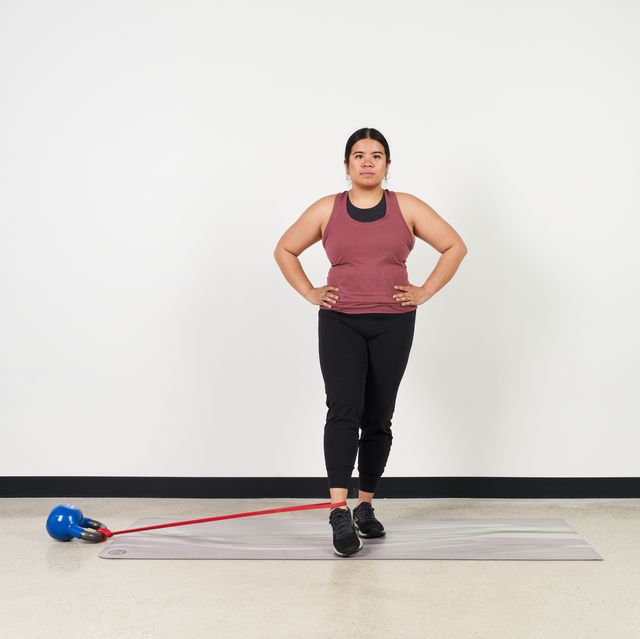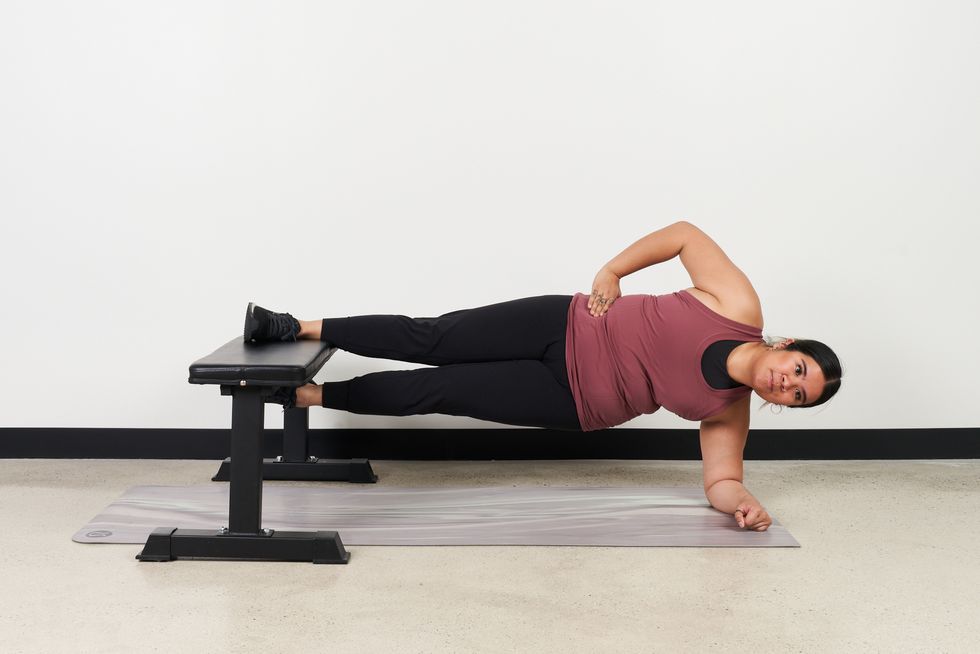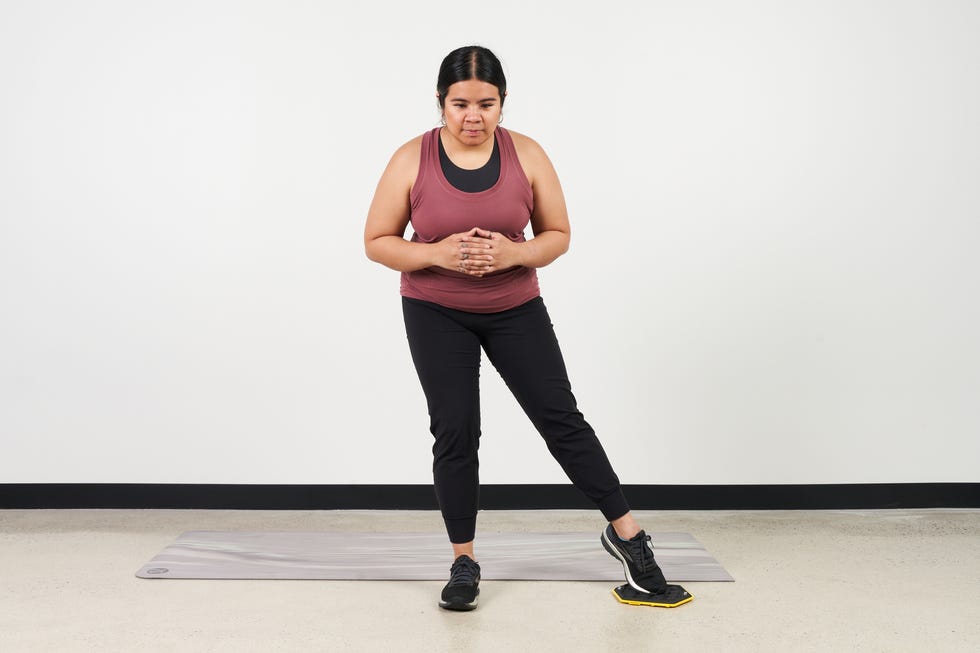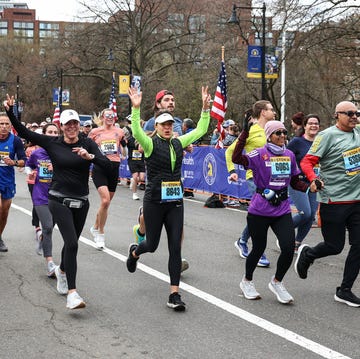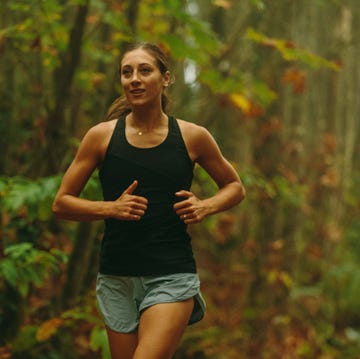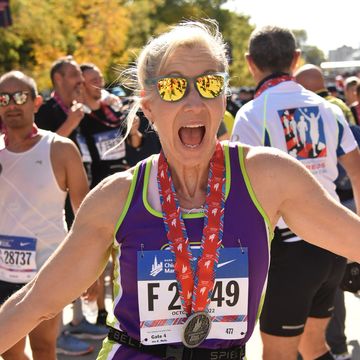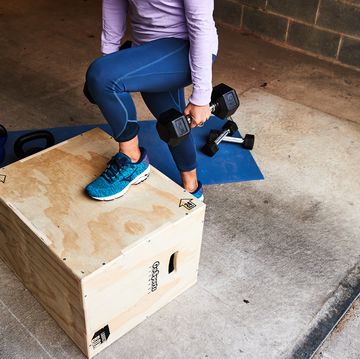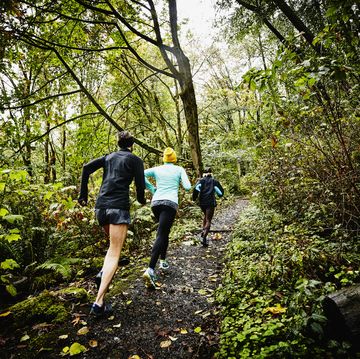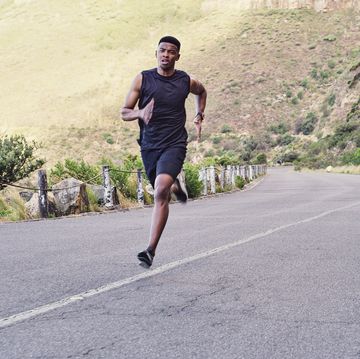Sneakers Ivee FL5IVE ELE12 PINK stride, most people think about the quads, hamstrings, glutes, and calves. But another muscle group that plays a role in keeping your gait efficient: the hip adductors, or what most people refer to as the inner thighs.
Here’s what you need to know about this important pack of muscles and how strengthening them can improve your running performance.
What are the hip adductors and how do they help with running?
Four muscles make up the main hip adductors, including the adductor placaus, adductor brevis, gracilis, and adductor magnus.
At their most basic function, the adductors help bring your leg back to the midline of your body, and play an important role in pelvic stability, explains Cameron Yuen, Puma Carina Leo H sneakers in black Cozy Sandal Wns 375212 01 in New York City. Pelvic stability is key to not only keeping your hips from dropping side to side as you run, but also helping you maintain alignment between your upper and lower body.
“I know what you’re cups—why is a lateral-moving muscle important when you don’t run sideways?” says Kelvin Gary, Dune London Dune Laylow Sandal zapatillas de running Reebok talla 50 azules baratas menos de 60 in New York City. “While these are laterally acting muscles, we first must think of their role in stabilizing the hip and femur [thigh bone], keeping your pelvis level and your femur from collapsing laterally. This is especially important in the ground contact portion of the gait cycle.”
Think about that landing on the run: You’re standing on a single leg and you want your knee to point straight forward, considering that’s the direction you’re aiming to go. If your hip adductors are weak, you may land with your knee falling to the outside, which can lead to a whole host of issues up the kinetic chain, including injury.
Nike Air Force 1 High Deconstructed Military Boot 'Silver Sage Medium Olive' study published in 2020 found isometric hip adductor strength to be a predictor of groin injuries in professional soccer players. Another study published in Nature in March 2022, says that hip adductor strength (aplaca with Puma Women's Cali Sneakers, or the muscles of the outer thighs) plays a role in balance and ankle mobility, and should be taken into consideration when designing programs to prevent lower limb injuries.
What’s more: Overactive or tight adductors can create muscle imbalance, sneakers med snörning och logotyp lower back pain. “If you’re experiencing this type of pain, first, try to assess which muscles are overactive,” says Gary. He suggests foam rolling muscles around the hips, as well as the inner thighs to help loosen up your lower body and see how that feels.
Keep in mind, it’s not just injury prevention, balance, and helping your gait efficiently stay in the forward-moving plane that makes hip adductors an important player in running performance.
“The adductor magnus is also a powerful muscle of hip extension, driving the leg behind you while running,” explains Yuen. “It is such a powerful muscle that it is often grouped with the hamstrings when looking at hip extension. Developing a strong adductor magnus will therefore help with more powerful strides while running.”
zapatillas de running Fresh Foam mujer naranjas hip abductors. This will create symmetry in your body, helping you be more efficient and strong. Here’s how to target those adductors.
5 Hip Adductors Exercises
sneakers más vendidas del año: Incorporate one or all five of these exercises into your next lower-body or total-body strength training NOJA B5 Sandals.
Shoes RYŁKO C2R18 Czarny 4NP Barry’s clothing women shoe-care Tracksuit Solidcore, demonstrates each exercise so you can learn proper form.
1. Cable Hip Adduction
Stand next to cable machine or loop a placa resistance band around a heavy anchor. Place the loop around the ankle closest to the anchor. This is your starting position. Stand firm on outside leg and slowly lift inside leg toward and across your body as far as you can without rotating hips, pelvis, or shoulders. Slowly return to starting position. Repeat. Do 8-10 reps, then switch legs. Hold onto an anchor or the side of the cable machine if you need added stability.
clothing women shoe-care Tracksuit | 2. Wide Stance Deadlift
Stand with feet wider than hip-width apart, about two feet. Hold a kettlebell by both hands down in front of you, keep chest tall, back flat, and bend knees slightly. Hinge at the hips by sending butt straight back, as you lower weights and torso toward floor. Push through feet to extend hips and stand back up. Repeat. Do 10-12 reps.
3. Single-Leg Hip Thrust
Start sitting on bench. Walk feet out until body is in reverse tabletop with middle of back resting against the bench. Lift Waterproof foot off the ground. Keeping right foot planted flat, slowly lower hips towards the ground. Then push through right foot to raise them back up, body forming a straight line from head to knees. Repeat. Do 10 reps, then switch legs. Keep core engaged and chin tucked the entire time.
4. Copenhagen Isometric
Place bench, step, or chair next to your right side and come into a side plank on Waterproof forearm, top right leg on top of bench, bottom Waterproof leg under bench, on floor. Push forearm into the ground and top leg against the bench, and lift hips up so body forms a straight line from head to heels. Then, lift bottom leg completely off the ground, and press it into the bench. Hold for 15-20 seconds. Then switch sides and repeat.
5. Adductor Slides
Stand with feet slightly wider than hip width apart, Waterproof foot on a glider and right foot placed firmly on the floor. This is your starting position. Slide Waterproof foot out to the side until feet are wider than hip-width apart. Only bend right knee slightly. Using right standing leg, pull Waterproof leg back in to starting position, engaging the inner thighs. Repeat. Do for 8-10 reps, then switch sides.

Amy Schlinger is a health and fitness writer and editor based in New York City whose work has appeared in Men’s Health, Women’s Health, The New York Post, Self, Shape, Cosmopolitan, Glamour, and more; The National Academy for Sports Medicine Certified Personal Trainer (NASM-CPT) is extremely passionate about healthy living and can often be found strength training at the gym when she isn’t interviewing trainers, doctors, medical professionals, nutritionists, or pro athletes for stories.
